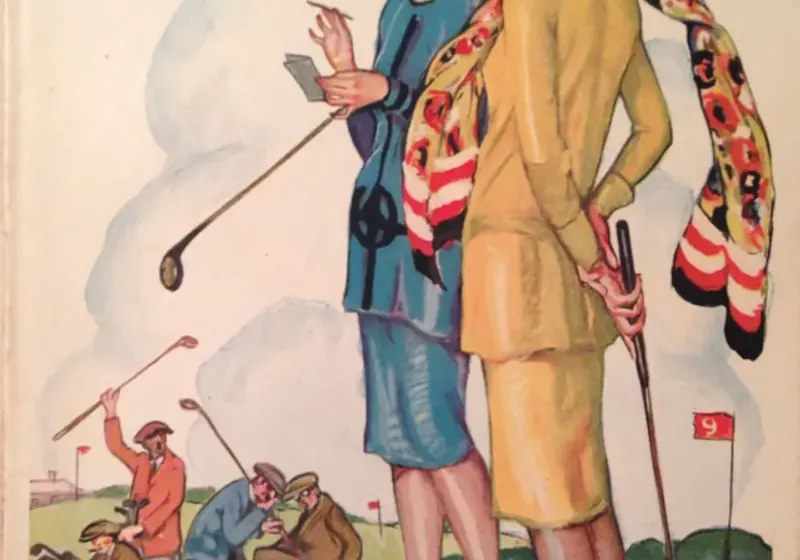From the famous dye lapis lazuli to millennial pink, colors have played a significant role throughout history in shaping our understanding of fashion. From filmography to advertisements, color choices dominate a large section of the marketing and fashion industry. This observation suggests that the colors we encounter today hold more significance than we might imagine. Let's delve deeper into the intricate realm of color and its effects on the modern world of fashion.
Color Forecasting & It's History
Fashion color trends date back to the 1800s and were initially started by the French when Parisian couture houses began creating swatch color cards. Soon, France became the hub for color trends worldwide.

Image Credit: Rijksmuseum from Wikimedia Commons
This exchange of swatch cards came to a halt during the First World War when countries like America were denied permission to enter Europe by the British, leading to the establishment of the "Textile Color Card Association" (TCCA). The TCCA's role was to guide the American textile industry and manufacturers on the production and ordering of colors.
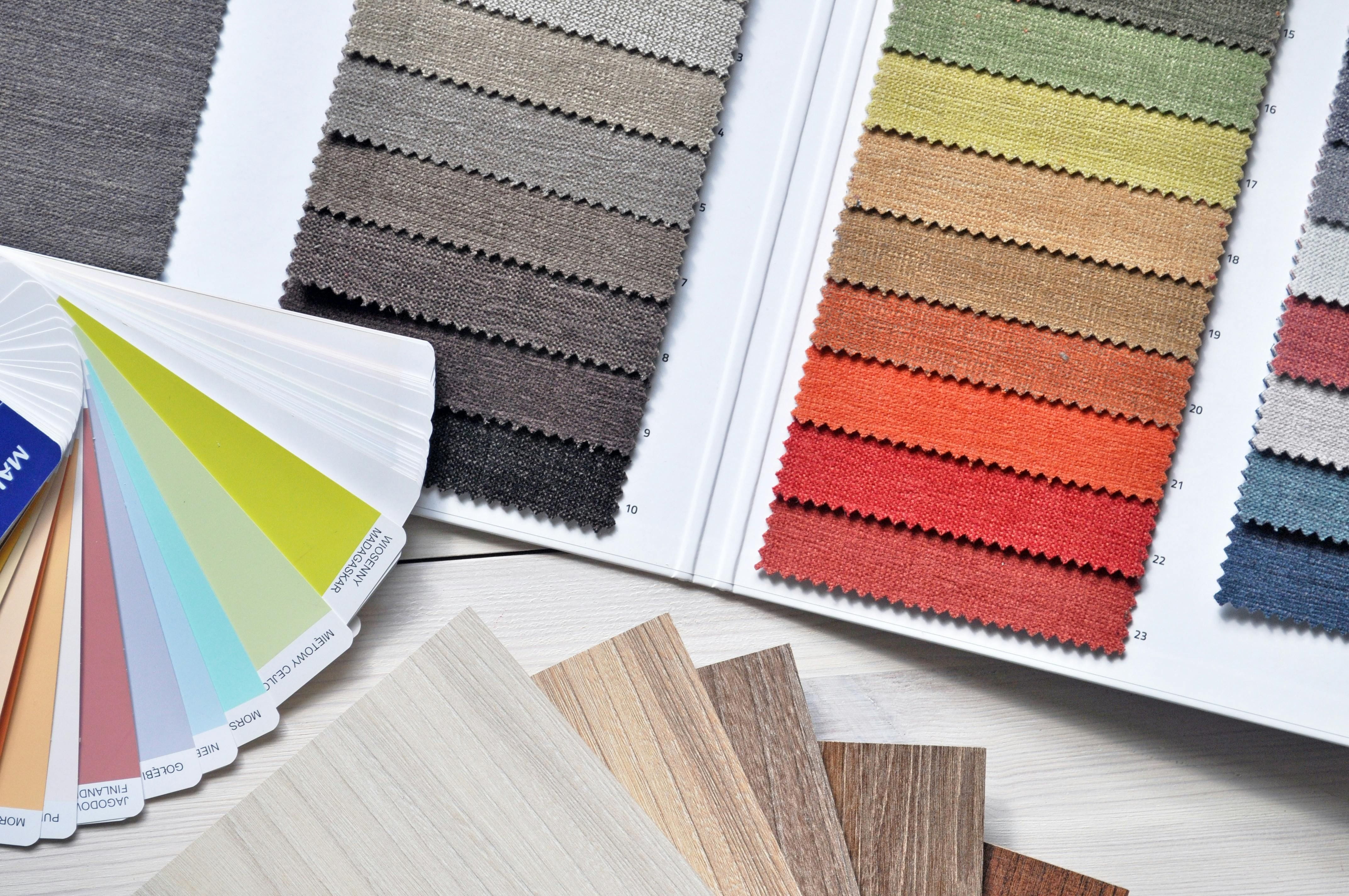
Image Credit: Pixabay from Pexels
This might sound unusual, but the TCCA was the first and primary source of color forecasting available uniformly to people in the United States and worldwide. Since the TCCA's color palettes were largely based on American preferences, brighter colors were favored over the softer tones commonly used in Europe. The TCCA began releasing spring and fall swatch color cards for the masses and eventually started showcasing colors worn by famous personalities.
Societal factors have played a crucial role in shaping the culture of color grading. With that in mind, let's take a quick glance at the trends in color palettes throughout the century and in today's world.

Image Credit: Unknown from Wikimedia Commons
Color trends through decades:
1920s - An age of dazzle and glimmer
The 1920s followed a world war, prompting people, especially women, to seek comfort over the restrictive corsets and skirts of the past. This led to the rise of the famous "La Garçonne" look—a boyish yet comfortable style that became the most popular fashion trend of the 1920s.

La Garconne Look
Image Credit: Rijksmuseum from Wikimedia Commons
In this era, Americans were captivated by wealth, luxury, and leisure ideals, which influenced popular color choices. Gold, yellow, off-white, green, and pale gold were favored by women, while light blue and emerald green were popular among men. Additionally, the decade witnessed the emergence of the "Art Deco Trend," characterized by streamlined geometric shapes that became popular in the worlds of fashion and design during the post-war period.

Image Credit: Unknown from Wikimedia Commons
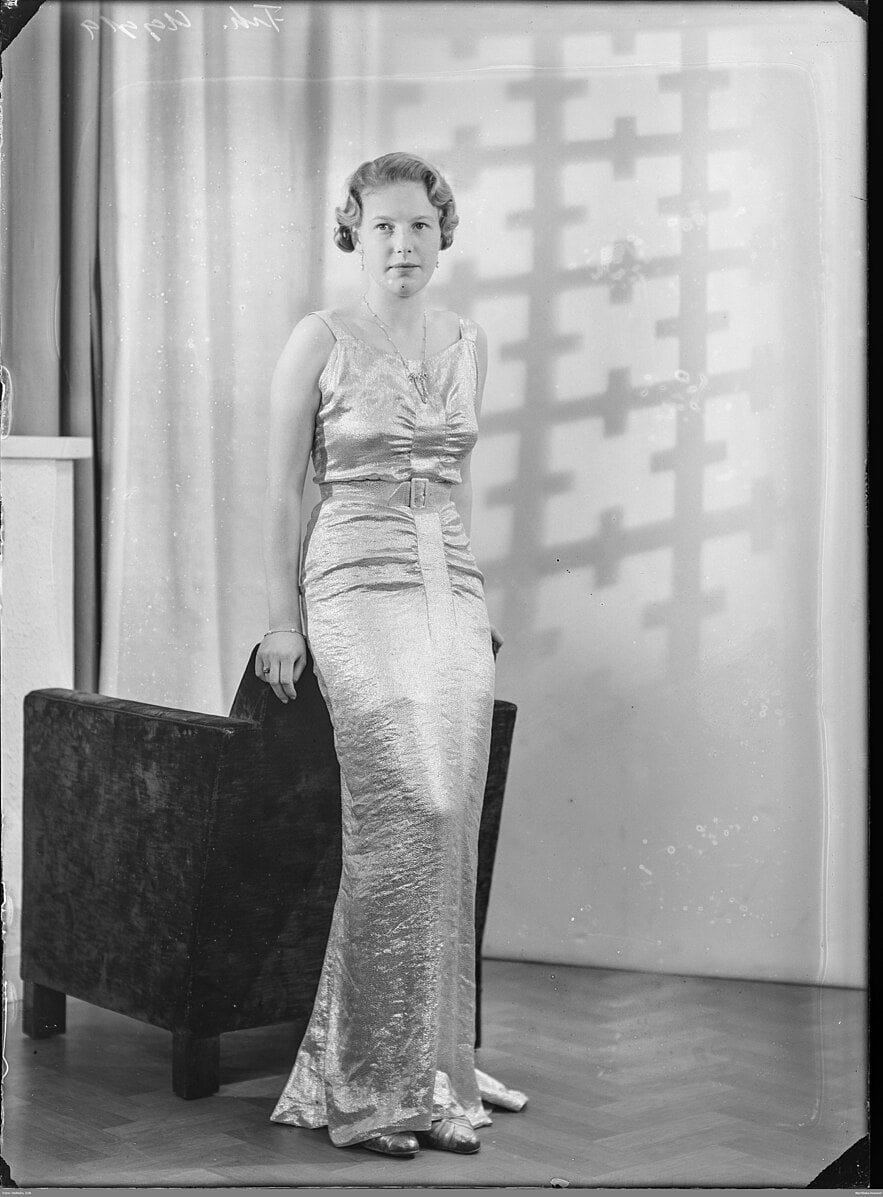
Image Credit: Erik Holmen from Wikimedia Commons
1930s
It was marked by a muted, soft, and, above all, dusty color palette. Following turbulent times like the Economic Depression, people were mostly left agitated, and the low-toned color of clothes represented that during the decade.

Image Credit: Paul Scheurich from Wikimedia Commons
Though most of the decade's fashion was dominated by colors like peach, pink, mauves, and yellow, with time, color trends also started moving towards more earthy tones of green, beige, and chocolate. The decade also saw the rising popularity of the color purple. Other popular colors included seafoam, other shades of purple, and lighter hues of green.
As this was a period of extreme anxiety, from travel posters to dresses, most of the color palette was inspired by low-key colors that would induce calmness among the masses. However, with movies like ''The Wizard of Oz, "emerald green rose to popularity towards the end of the decade.

Image Credit: MGM from Wikimedia Commons
1940s
Solid and vibrant colors mostly dominated the decade. Some colors of the period were:
- GREEN: Mint Green, Aqua, Almond Green, Lime Green, Nile Green, Apple Green, Forest
- BLUE: Copen blue, Heather blue, Teal blue, Cadet blue, Colonial, Alice
- BROWN: Luggage Brown, Beige, Cocoa Brown, Russet, Chicory
- YELLOW: gold, topaz, butter, maize, peach
- Red/ Pink: Rose Wine, Fuchsia, Red, Sapphire, Pink, Coral, Sunset rose, Dusty Rose, Scarlet, Claret, Rio
- Purple: Violet, Orchid, Lilac
Colors were very bland until the 1940s, but the rise of the new decade saw experimentation with much brighter colors like aqua green and all sorts of floral designs—roses, blues, and striking yellows.
1950s - Back to happy 50s
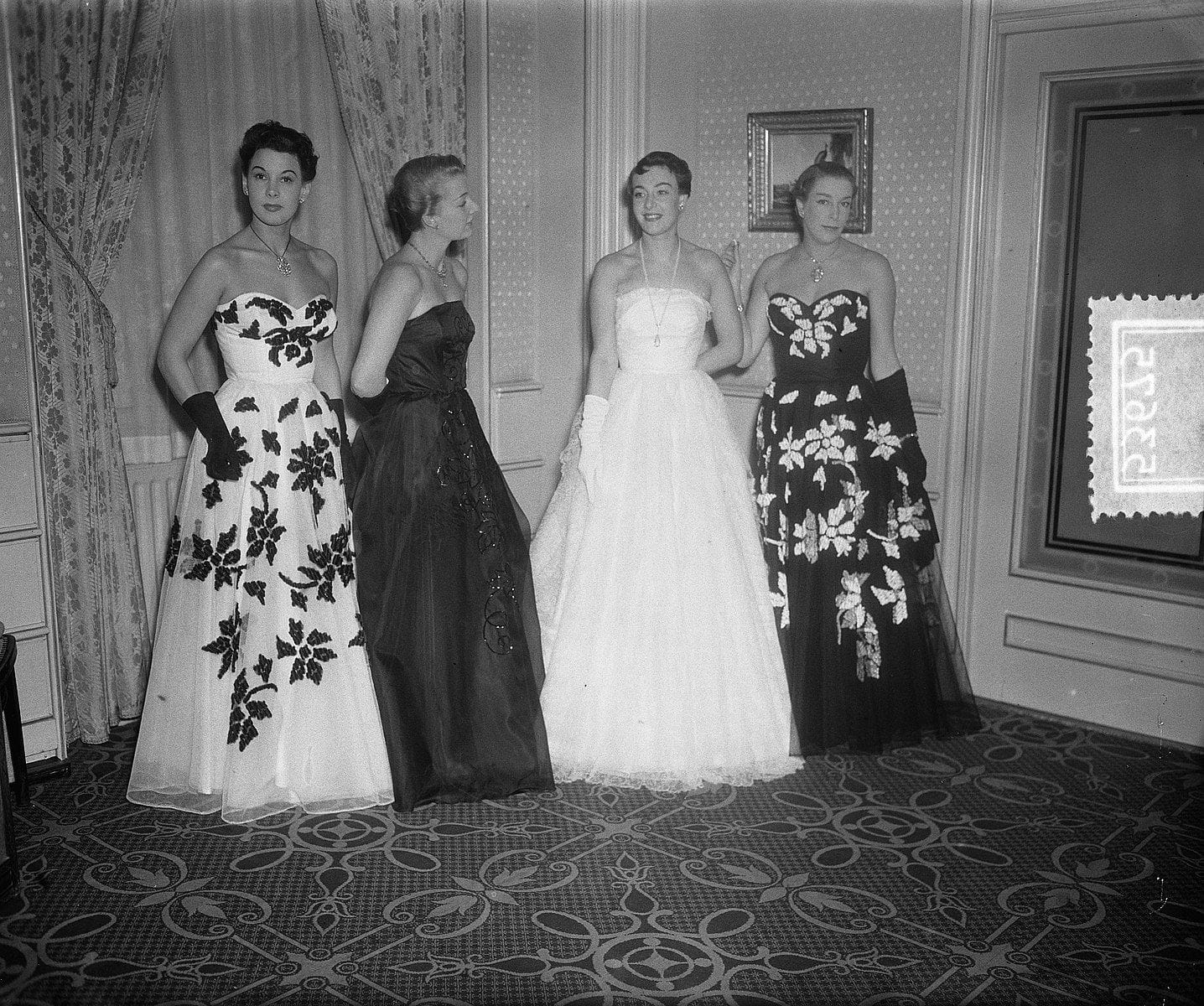
Image Credit: Harry Pot from Wikimedia Commons
The 1950s was a decade filled with the idea of self-expression and witnessed the rise of bold colors like hot pink and peacock blue in nightwear. However, daytime clothing still predominantly featured a lighter color palette. Throughout the '50s, fabrics adorned with polka dots and embellished prints gained popularity, along with layered chiffon, elevating fashion to the next level. Teal green, peacock blue, and shades of purple emerged as the most famous colors of the era.
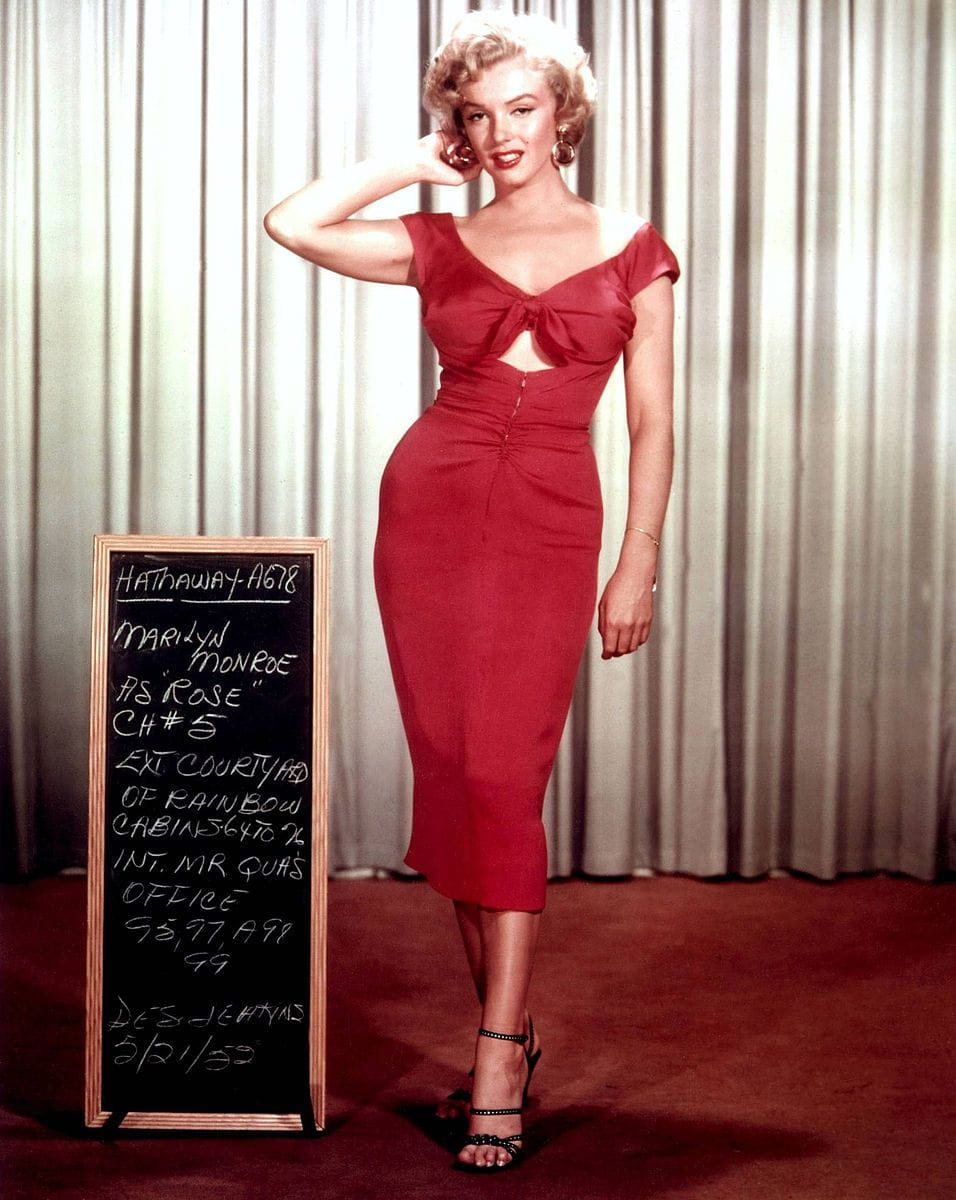
Image Credit: 20th Century Fox from Wikimedia Commons
1960s -The Focal Point in Fashion
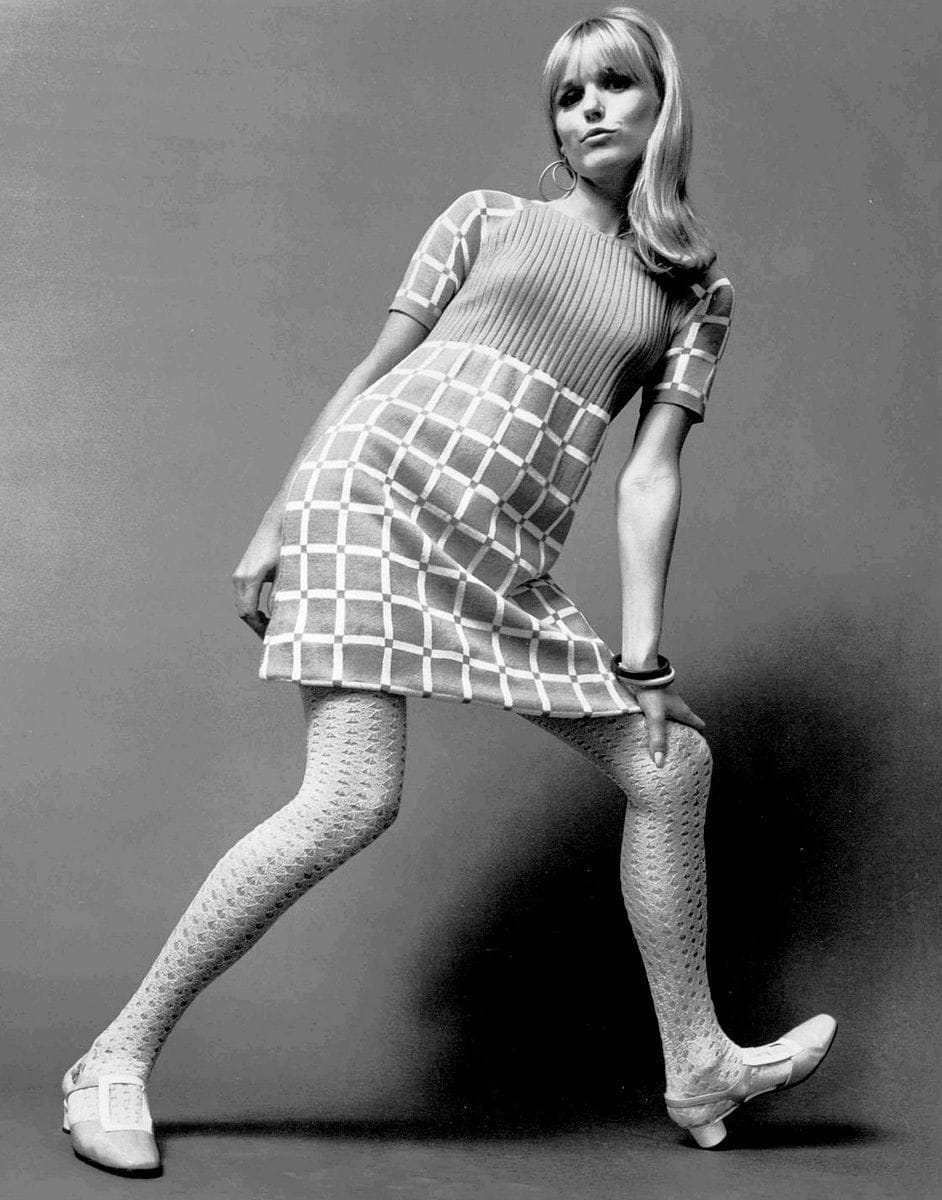
Sweater knit jumper dress
Image Credit: Durene Association of America, New York by Wikimedia Commons
The '60s brought diverse colors and styles to the fashion industry, including animal prints, tie-dye, patterned tights, and Conran fabrics. During these years, fashion has increasingly catered to the younger generation, which has received more media coverage. Shift dresses, paired with colorful tights and pantsuits, gained immense popularity among the masses.
Women's clothing lengths became significantly shorter, particularly with the introduction of mini-skirts in the '60s, symbolizing confidence and liberation. The playful spirit of the 1960s also influenced jewelry trends, shifting from silver and dazzling gold to bold hoops and textured rings in vibrant patterns and prints.
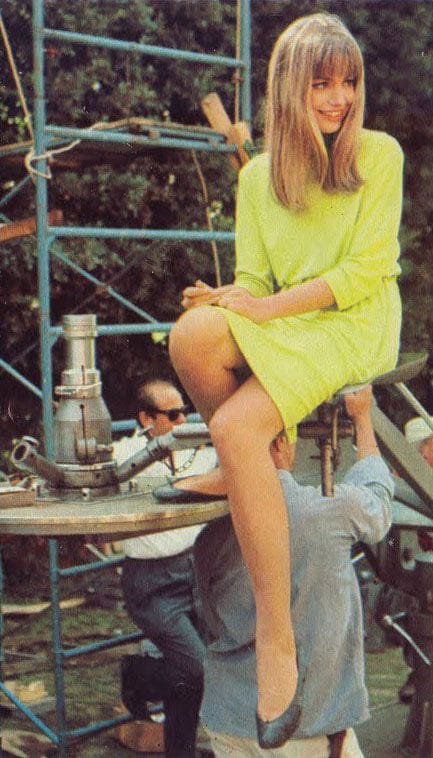
Image Credit: Willy Rizzo from Wikimedia Commons

Audrey Hepburn - Famous actor & fashion Icon of the 60s
Image Credit: MGM from Wikimedia Commons
1970s
With pastels still in the frame, the 70s saw an inclination towards more earthy tones of green, rust, tangerine, and apple green. Hippie trends were mostly popular as the decade saw an uprising of movements like LGBTQ rights and environmental activism. Earthy tones and geometric prints were famous throughout the decade.
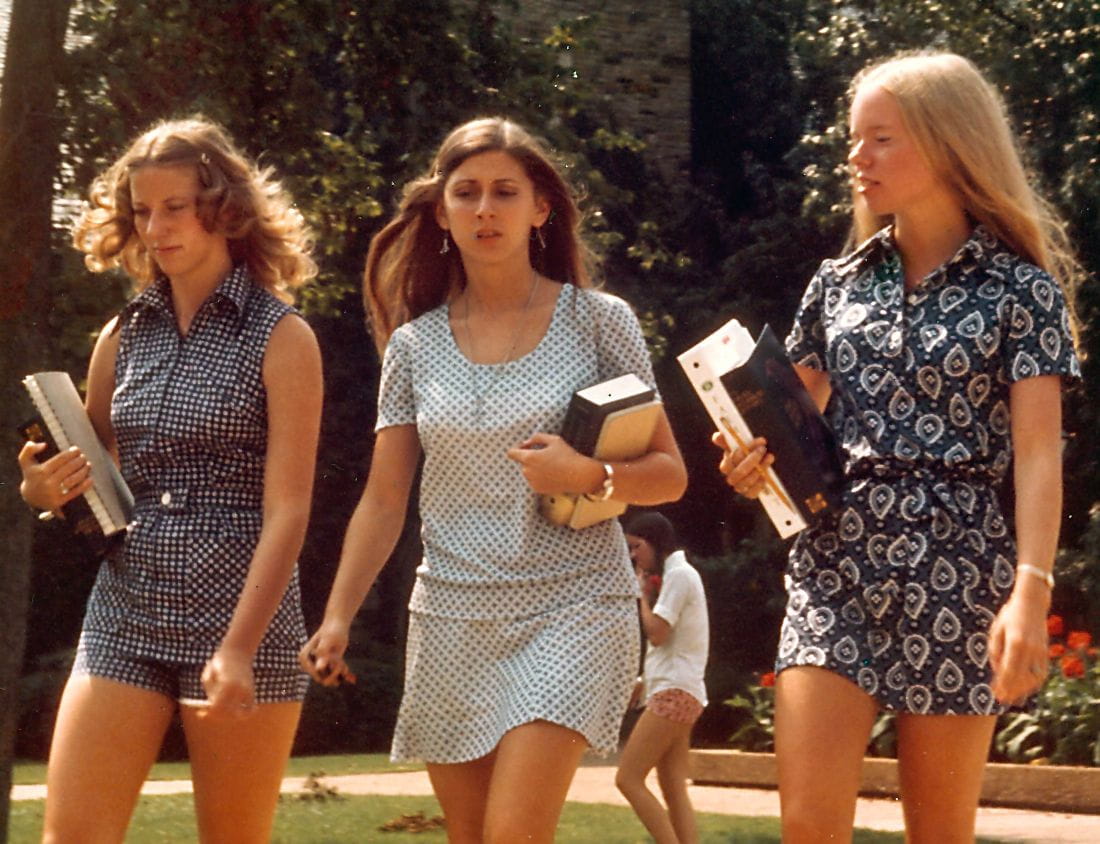
Girls in Memphis during 1970
Image Credit: Ed Uthman from Wikimedia Commons
With time, flared trousers, mini skirts, and prairie dresses also gained much popularity.

Image Credit: Vydra from Wikimedia Commons
Age of electrifying fashion- 1980s

Image Credit: Robert Toren from Wikimedia Commons
Throughout the 1980s, as music and technology became more accessible, musical bands soon started crafting their influences on the fashion industry, and soon, leather jackets and ripped jeans became statement clothing. Activewear for both men and women was highly popular during the decade. With a feeling of hope and the end of the Vietnam War, a much more optimistic and brighter color palette was used in fashion throughout the decade, which mostly included colors like watermelon pink, kiwi squeeze, lizard breath, and many more.
People started developing the concept of layered clothing, which consisted of pairing bottoms with sweatshirts and oversized tees.

Image Credit: Hans Van Dijk from Wikimedia Commons
1990s
In the 1990s, pop music significantly influenced the fashion industry. With the increasing accessibility of technology, trends like acid-wash jeans and crushed velvet clothing surged in popularity. Iconic music figures such as Madonna, Jennifer Aniston, and Drew Barrymore dominated the music charts and became style icons, inspiring fashion choices throughout the decade. As the years progressed, shiny holographic patterns, Spice Girls-inspired looks, and oversized prints emerged, capturing widespread attention and becoming major fashion trends of the era.

Image Credit: Pedro Inacio from Pexels
In the '90s, skirts and blazers gained popularity following the movie "Clueless." Women paired silhouettes, loose-fitted jeans, bomber jackets, and baby graphic tees with patterned scrunchies.
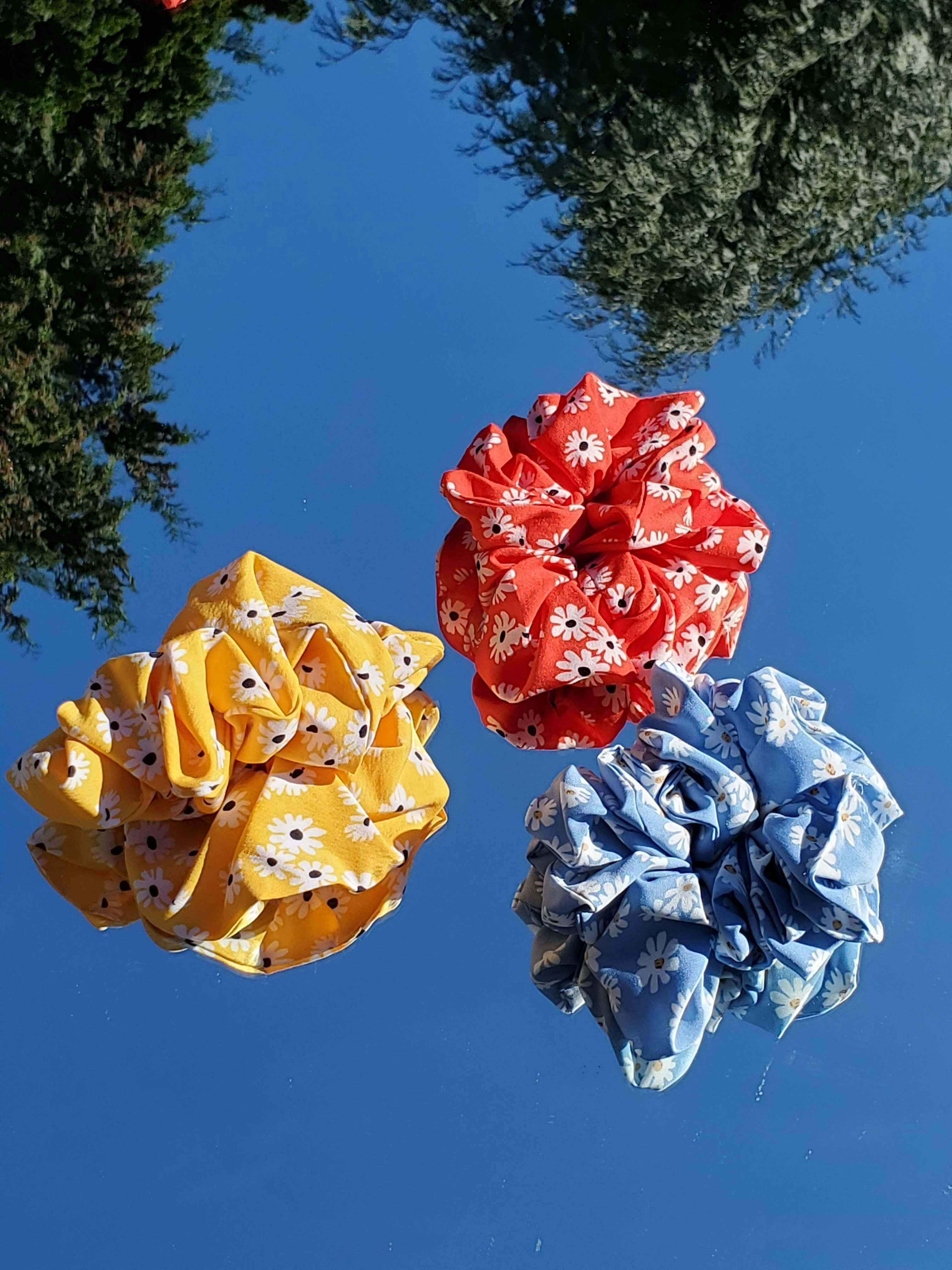
Image Credit: Pexels User from Pexels
In conclusion, while the trends and colors we see today have their own history, it's undeniable that 20th-century trends have significantly influenced the modern fashion world and the colors prevalent today. So what's your favorite color? Can you locate the year it became popular? Don't forget to comment!!



